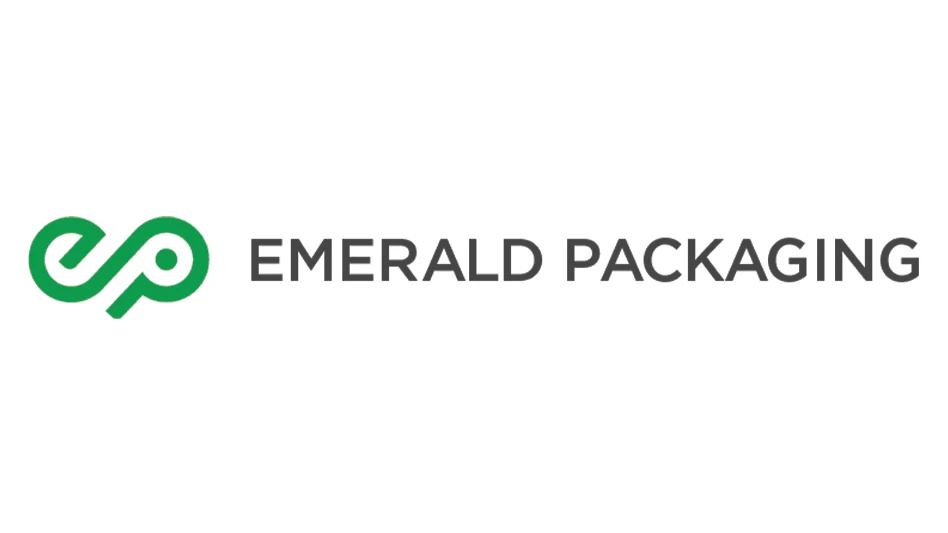CLEVELAND – Irrigation services offer considerable profit opportunities when the work is bid correctly.
Set up an estimate spreadsheet with the following headings across the top:
- Quantity
- Size or measure
- Description
- Material unit price
- Material total
- Labor unit price
- Labor total
- Total materials
- Labor
Next, perform a quantity material takeoff. As you count heads, valves, etc., use a colored pencil to mark each one so you know which ones you’ve counted. This is helpful if you are interrupted. Color all of the lateral lines using a different color for each pipe size, making judgments faster and more accurate.
Begin with the system quantities in the same order they will be installed. This practice helps eliminate omissions and gives you a better job understanding. Likewise, when listing the items on the bid form, do so in the order they will be installed to prevent omissions.
Beginning with mobilization, follow through with the point-of-connection, backflow preventer, specialty valves, sensors, trenching and backfill, mainline by size, quick coupler valves, manual drain valves if necessary, automatic control valves, automatic controller, wire, lateral lines by size, heads by type, turnover material (keys, spare parts, etc.), testing and adjusting the system, cleanup, as-built drawings and winterization, if required.
Once all of the bid items are listed, contact your local supplier for current equipment prices. Enter the unit prices on the irrigation estimate sheet. Job costing records will provide the amount of labor required to trench and install the equipment. For example, it might take 15 minutes to install a pop-up head or 1.5 minutes per foot to trench, backfill and compact the trench.
If the average hourly labor cost is $12 per hour, the labor unit price per head is $3 for the pop-up spray head, and $0.30 per lineal foot for the trenching. The average labor cost should include payroll taxes such as FICA and state and federal unemployment taxes. Workers’ compensation insurance and the company-paid portion of medical insurance should be included as well as retirement benefits, if applicable.
Many contractors forget about overtime expenses for a seasonal business. If your crews work 50 hours a week, overtime premiums need to be added to the average labor cost. Holiday, vacation and sick pay should be included, if applicable.
After labor totals are entered in the estimate under labor quantities, extend all of the material and labor units, enter totals both down and across the spreadsheet and add the total columns both down and across. This is important. Many bid errors are found using this double-check method.
Next, add up the material and labor totals from all of the irrigation estimate sheets and enter those totals on the irrigation bid summary sheet. Compute the sales tax on material (if applicable) and round up to the nearest dollar. Do this with all your extensions and calculations to speed up the process.
Now determine your overhead cost. Overhead should include all business expenses not listed on the irrigation estimate sheet or in the labor cost and labor burden mentioned earlier. If you’re not sure what to include or how to go about calculating overhead, ask your accountant for help. If the estimate is not accurate you could loose a lot of money or obtain few jobs.
For example, if your overhead is 25 percent of total sales, that percentage must be converted to an add-on percentage, which in this case equals 33 percent. Calculate the overhead on the labor and material total and enter the total.
Profit should be a minimum of 10 percent of your sales price or an add-on of 11 percent. Because of the high risk involved with irrigation systems and all of the unknowns involved with weather, underground utilities and excavation, a minimum profit goal of 15 percent is recommended.
Enter any miscellaneous costs. For example, list subcontractors at cost and add a mark-up of 10 percent to 20 percent to cover the cost of dealing with the subcontractor. Add a mark-up on subcontractors just in case they go out of business and your firm is stuck paying more to complete the work. If a performance bond is required, add your cost for a bond and total the estimate. Give the estimate to someone else to check the math and review the estimate.
REFLECTION. Ask yourself if you feel the estimate is accurate. Do you need the work, can you handle the project without a lot of problems and will it be easy to do? If you have any doubts about the project or if the market will allow a higher price, add more money. At one time, we prepared an estimate totaling $25,000 for an irrigation project and added $4,500 to the total because things didn’t feel right. The result – we were the low bidder at $29,500. The next highest bidder was $29,900.
Unit prices can be developed for smaller projects to save time. The unit prices cover the point of connection, backflow preventer, pressure reducing valve, mainline, controller, valves and heads. For example, the unit price for a spray head included 15 to 20 feet of 1-inch pipe, fittings, the head and nozzle and the connection under the head. The mainline unit price included wire.
Remember to adjust the unit prices when material or labor costs change.
Accurate estimating is the key to a profitable irrigation contracting business. Implementation of a good estimating and job costing system will keep you ahead of your competition and help your firm be more profitable.
For information on ordering Larry Keesen’s book, The Complete Irrigation Workbook, call 800/456-0707.
Latest from Recycling Today
- ReMA urges open intra-North American scrap trade
- Axium awarded by regional organization
- China to introduce steel export quotas
- Thyssenkrupp idles capacity in Europe
- Phoenix Technologies closes Ohio rPET facility
- EPA selects 2 governments in Pennsylvania to receive recycling, waste grants
- NWRA Florida Chapter announces 2025 Legislative Champion Awards
- Goldman Sachs Research: Copper prices to decline in 2026





